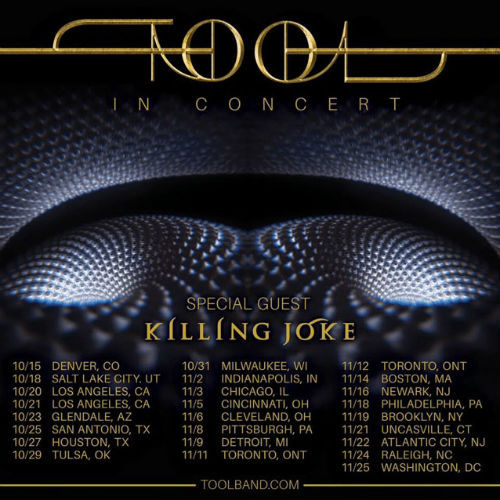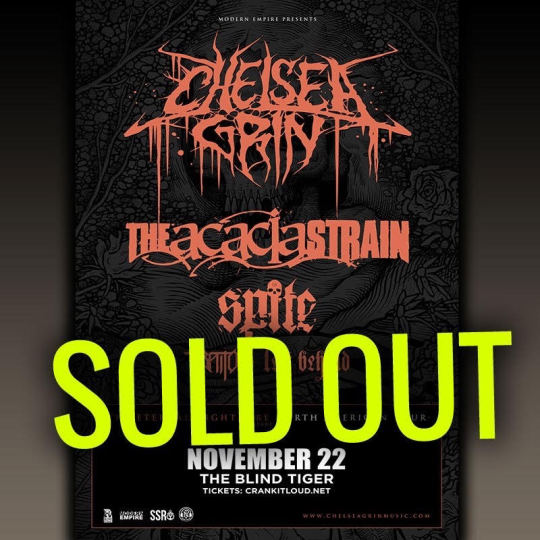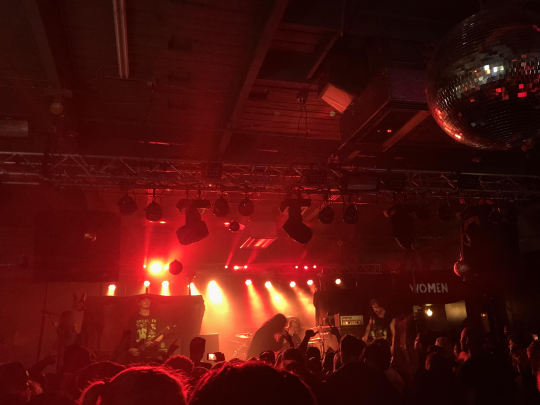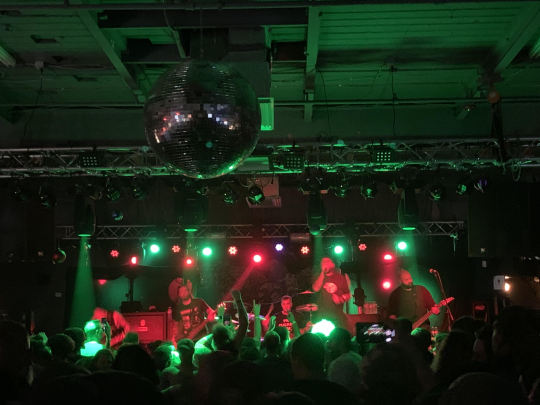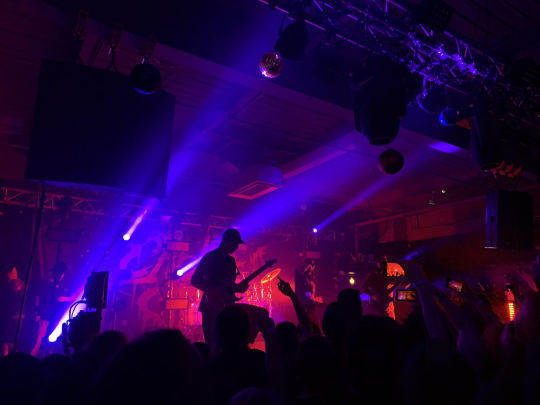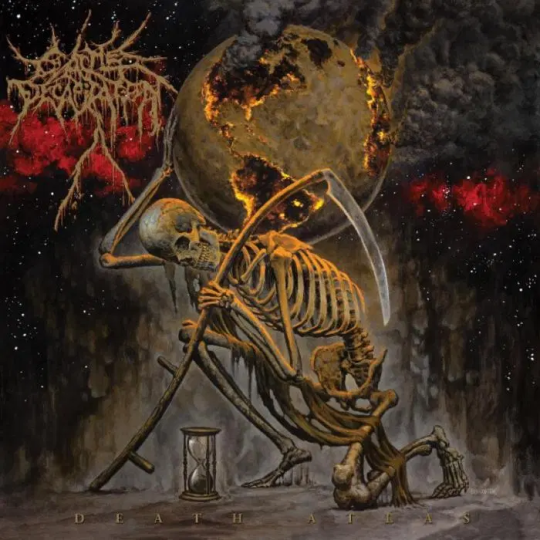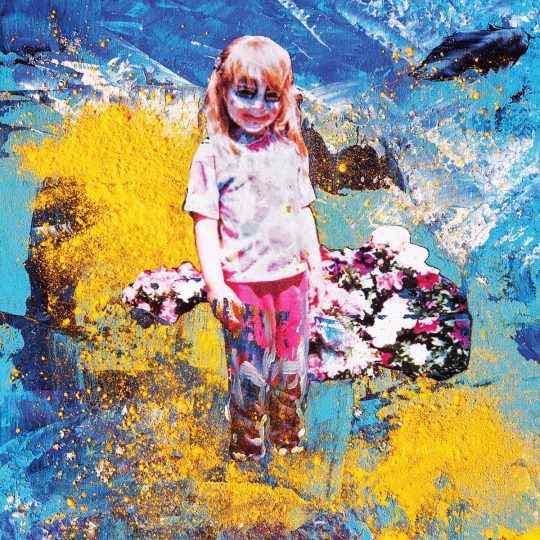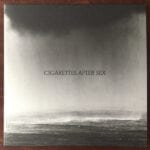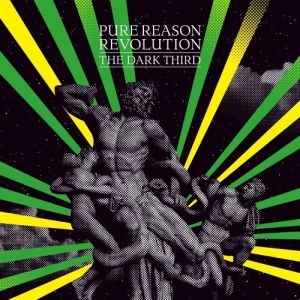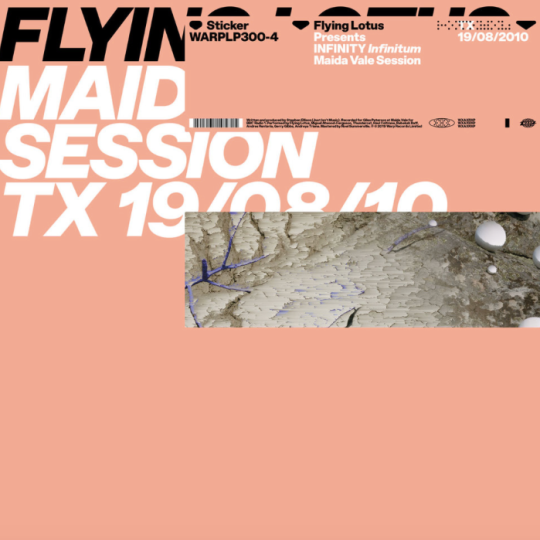It’s the end of the year and since everyone’s sharing their spotify wrapped I figured I would too. Just the 2019 one though, I’m not sure I want to expose myself by sharing my decade. I have to say I wasn’t really surprised by anything (I mean I know what I listen to), but it is super fun getting a rundown of the data.
My favorite part is that top 100 song playlist, I’ve had a serious nostalgia trip this week listening to that since a lot of the music I listened to at the start of this year I haven’t heard since then. It’s odd how emotionally heavy it can be looking at the year through music, it’s not even just the music (though that totally counts because the music you listen to can say a lot about where you and your head are), but because I usually get a vivid picture in my mind of where I was when I first heard the song. Memories come flooding in and I begin to realize just how much has gone on this year. Anyhow, to get it over with here is DJ Psycheds Spotify Wrapped for 2019.
Top Artists : #1 Smallpools
-
I love this band a lot (obviously) and they were the first band I saw in concert this year at Motorco. I first started listening to them when I was a freshman and the show was so amazing I’ve had their setlist on repeat ever since.
2. Clarence Clarity 3. Arrested Youth 4. Panic! At The Disco 5. Mike Shinoda
Top Genres : Indie Pop (as an indie DJ this was expected, Pop (I didn’t see that one coming but then again my workout playlists is pretty pop heavy), Lo-fi beats (I listen to that lofi study playlist a lot so sounds about right), Rap and Modern Rock
Top 10 Songs : #1 We change by Clarence Clarity #2 Naysayer, Magick Obeyer by Clarence Clarity
-
These two songs are amazing, the whole album is but these two songs get me everytime. I have yet to get tired of these tracks and the transition between them is so smooth I can see how they became my top two songs, it’s hard for me to listen to one and not want to listen to the other
3. Blood // Water by grandson 4. Get to You by The Honeysticks 5. Promises I Can’t Keep by Mike Shinoda 6. Don’t Know How by Ricky Montgomery 7. (finally getting more into that indie music) Death, Thrice Drawn by The Scary Jokes 8. Wavy Gravy by Okey Dokey 9. Trippy by Mindchatter 10. Ok by J.P. Plains
So what were your top listens of the year (Spotify user or not)?
P.s. Panic! At The Disco was my artist of the decade.
– DJ Psyched

